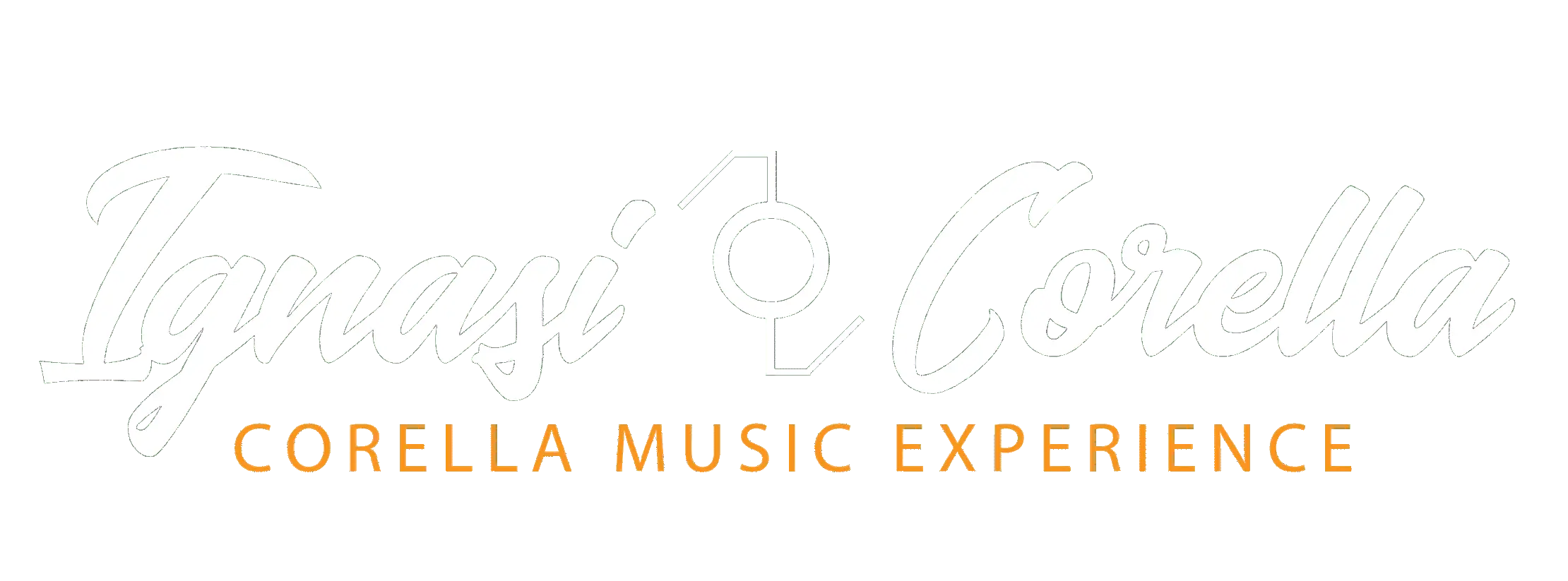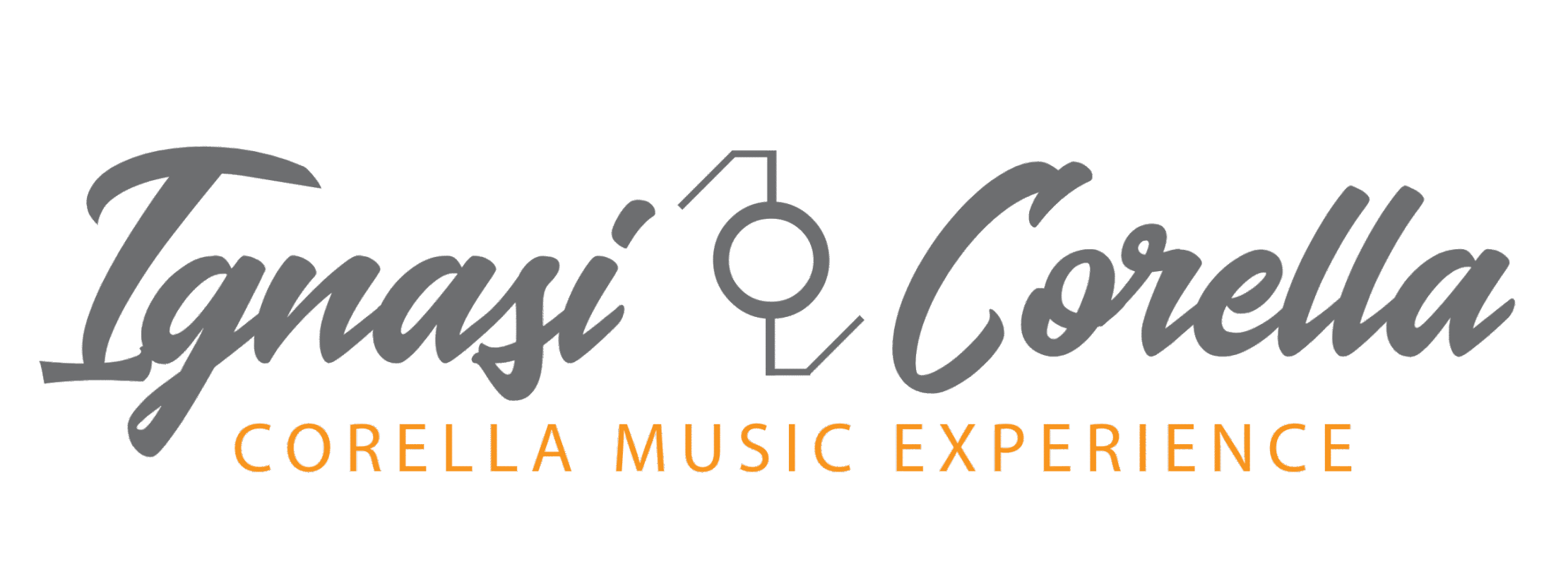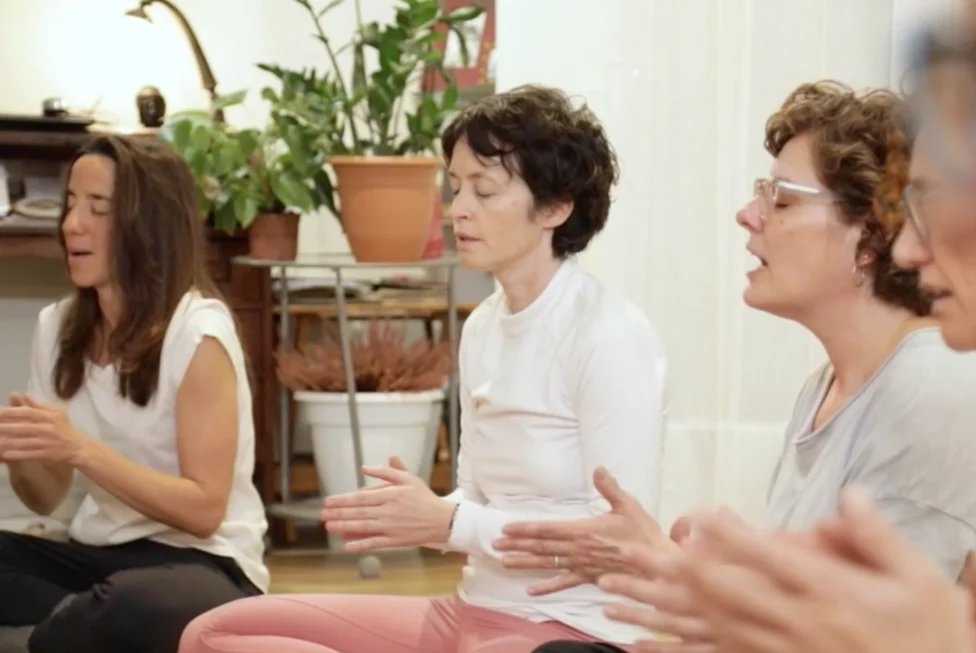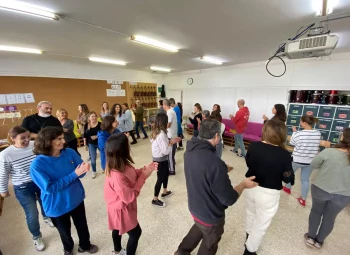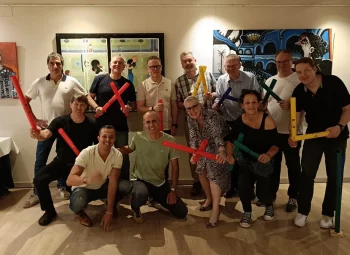In an increasingly fast-paced world, finding moments of calm and inner connection is essential. Mindfulness has become a very popular tool for living in the present and reducing stress, but… did you know that rhythm can be an equally powerful way to achieve that state of presence?
Through body percussion and musical activities like those offered by Ignasi Corella, it is possible to practice a form of “mindfulness in motion”, where the body, breath, and sound merge into a single experience.
What is “rhythm as a mindfulness tool”?
The concept of rhythm as a mindfulness tool combines two ideas that seem different but are deeply connected: rhythm as physical and emotional expression, and mindfulness as a mental state of full awareness.
When we follow a rhythm with our body —whether clapping hands, tapping our feet, or using instruments like Boomwhackers— we focus completely on the present moment. This natural concentration helps us disconnect from recurring thoughts and reduce stress.
You can experience this connection in workshops such as Body Percussion or Boomwhackers, where rhythm becomes a practice of full awareness.
Benefits of rhythm applied to mindfulness
Rhythm as a mindfulness tool is not only an artistic practice but also a transformative experience with physical, emotional, and social benefits:
1. Reduces stress and anxiety
Rhythmic movement helps release accumulated tension, promoting deeper and more natural breathing. This synchronization between body and mind lowers cortisol levels — the stress hormone.
2. Improves concentration and memory
Following rhythmic patterns requires sustained attention, improving focus, and mental clarity.
3. Fosters social connection
Shared rhythm generates group cohesion. When people play or move in unison, mechanisms of connection and empathy are activated — as can be experienced in Corella Music Experience.
4. Enhances body awareness
Body percussion is a direct way to recognize the body as an instrument. This awareness increases perception of one’s own movement and relationship with space.
5. Boosts mood
Several studies (such as those published by the University of Essex) show that rhythmic practice stimulates dopamine production, generating feelings of pleasure and well-being.
How to practice rhythm as mindfulness
You don’t need to be a musician to enjoy it. Rhythm as mindfulness can be practiced in many ways:
1. Conscious listening
Choose a song with a gentle rhythm. Focus only on the beat, feel each pulse, and notice how your body naturally follows it.
2. Body percussion
Using your body as an instrument, start by marking simple beats with your hands and feet. This practice is at the heart of workshops such as Vital Rhythm, which connects movement, breath, and emotion.
3. Group rhythms
Participating in collective rhythm workshops is a way to experience synchronization with others, improving communication and empathy.
4. Integrate rhythm into your daily life
Walking with a steady pace or breathing with rhythmic awareness are simple ways to incorporate mindfulness into your routine.
Rhythm and emotions: a path to well-being
Every person has an inner rhythm. When it becomes unbalanced —due to stress, worries, or lack of rest— music and movement can help us regain equilibrium.
Ignasi Corella offers experiences such as Rhythms that Transform , where rhythm becomes a tool for personal growth and emotional transformation. Through music and percussion, participants reconnect with their center and discover a new way of listening to themselves.
Mindful rhythm in educational and corporate settings
Mindful rhythm not only has individual benefits but also educational and professional applications:
- In schools, it helps students improve concentration and coexistence.
- In companies, it fosters team cohesion and reduces work-related stress.
Activities such as Corella Music Experience have been successfully implemented in corporate environments, combining fun, awareness, and teamwork.
Conclusion: living with rhythm is living with presence
Practicing rhythm as a mindfulness tool is an invitation to be present through sound, movement, and breath. It’s not just about making music but about listening to yourself and recognizing that your body is already an instrument.
As Ignasi Corella says, “Rhythm connects us with life itself. When we find our inner beat, everything flows with greater harmony.”
